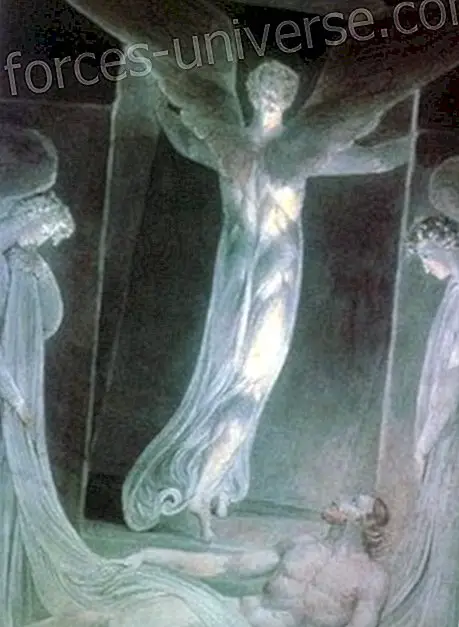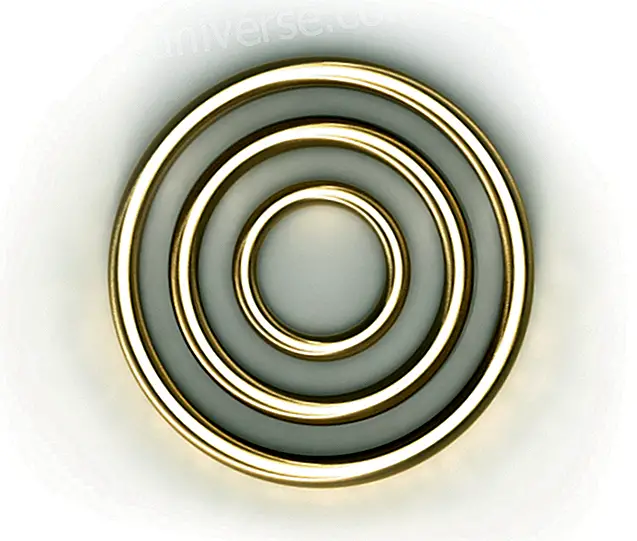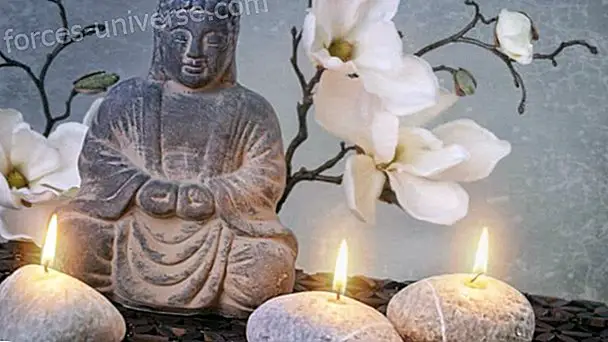It is true that there are different ways of approaching Alchemy, in most cases historical references are emphasized on certain men who have pursued the goal of obtaining gold (transmut Putting it from ignoble metals) Today we can affirm that the authentic legacy that Alchemy has given us is much more important than the poorly documented historical speculations. In contrast, it comes to us through great researchers such as Carl Jung who has delved into the cryptic writings of different alchemists, those who have survived the fires of the inquisition, these manuscripts have managed to inspire the Analog Psychology that Jung formulated years later.
In this brief article we will cover a different approach to Alchemy, not as a set of techniques, nor as poorly documented historical accounts, but understanding it as a Path or as a Journey of Initiation. n that requires deep self-knowledge.
The myth tells us that Hermes was the one who transmitted this Royal Art to his priests in ancient Egypt. An Art that allows us to re-find that Spiral Path from the Forms to the Subtle (which is the same to say, from the physical to the spirit) of there the postulate 1 of Alchemy is Release the Man of Matter But how
Andes of outlining the process that Alchemy entails, it is important to highlight one of the key principles of Kybalion, a fundamental text that comes to us through its author; Three Initiates, someone who has crossed this Path, consecrated as the Big Three times.
The Correspondence Principle that comes to us through the Kybalion teaches us that: As above it is below, as below it is above. What is perfectly applicable to As inside is outside, as outside is inside, thus reaching a state of Harmonic Resonance, which will drive us on this Journey. The Alchemists knew this perfectly; that contact between the Microcosm and the Macrocosm requires a Spiral Journey
Let us begin to go through these stages that this trip includes to the Alchemist, which, like all the Initiatic Paths, begins in the dense, in the form m Gr s grotesque in that Lead that is necessary to begin to dissolve .. the first level starting from below, it is called the Nígredo, it is the moment of decomposition, even some ancient alchemical texts speak of “rot” being an aspect necessary to re-order the elements with which we will continue working. It is a difficult aspect, it requires facing what Jung would call; cross our shadows, everything that our psyche does not want to see or recognize and that is necessary to face. Within our Way of Self-knowledge, this stage involves consciously deepening our memories, feelings, accepted social mandates, crystallized beliefs that have shaped our personality and behavior. As I said before, this work happens inside and outside the Alchemist ...
The second step of our Alchemy process is called Albedo, it is time to integrate what differed in the previous process in a recognizable white color. Opposites must be reconciled. These opposing energies must once again balance in the Crucible and the Alchemist, beginning to generate something "new" since the dense will have decanted in the previous step, with some resistance ... some projections of the past will want to persist. In the ancient texts this integration of opposites was called the "alchemical weddings" where these forces are balanced creating a new balance. Jung would explain to this stage as the conscious integration of "the opposite", that is; of the “Eternal Feminine” in the case of man (archetype of the “Anima”) and of the “Eternal Masculine” in the case of the woman (archetype of the “Animus”). ”In both cases it implies an integration of the opposite aspects of our personality.
The last stage of the alchemical process corresponds to the Rúbedo, the "Work in Red", is the Union of the new elements, in a Totality, the divine spark is ignited, that true essence is reached; the Spirit was released from Matter, giving rise to what Jung would call "Self", that is, the Center of Being has recovered its Scepter, which will allow to reach Alchemical Gold. Many years later Jung would call this stage; "God in Us."
As can be seen in the graph below, the Great Pyramid has these three levels mentioned, the underground Chamber representing the Nígredo, the first alchemical step .. and the most “dense” one where the lead must be purified.

The second level is the Chamber of the Queen, which is represented by the Albedo stage, the second instance where it is necessary to re-unite the differentiated and purified, the third level, the Chamber of the King, represents the Rúbedo, the stage in red where Being has been integrated, the individual has unified his Divinity with the Whole. The Phoenix represents the "Great Work" accomplished, that Alchemical Gold ... the colors of the Egyptian flag keep this relationship that we went through.
The following scheme graphs the direct relationship between the Alchemical process and the Analytical Psychology that Jung unveiled, following the same archetypes, thus arriving at the Individualization of Being. Again the same archetypes are present.

This same process is what I describe in my research, which I called the Map of the Initiation, a process of self-knowledge on 3 levels accessible especially to those who were born in the West and we went a long way looking for that “Gateway” at that level superior of "Union", an experience of identification with our Divinity or Spirit.
This experience (denominated by Jung as arriving at the Self) was known by the Gnostics as "Experiencing God", in a literal sense, it was not about faith or beliefs, but Uniting with our Creator, after a long Journey, following a Spiral Path (which is never in a straight line) Jung would call it a “winding” path, which once we have traveled, we have purified our Body, balanced our Soul and ignited our Spirit, thus reaching the Great Work; Reach God
Author: Christian Franchini
See article source
Alchemy. A Path to the Great Work by Christian Franchini






